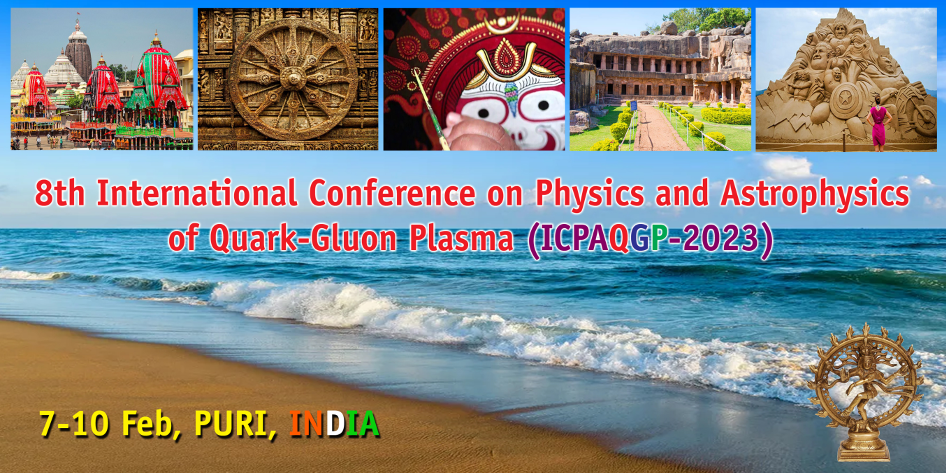Speaker
Description
Two-particle electric charge balance function has been measured in proton-lead and lead-lead events with the CMS detector at the LHC. Particle correlations can be used as a probe of the charge creation mechanism, and the balance function is constructed using the like- and unlike-charge particle pairs to quantify these correlations. Compared to previous measurements, the pseudorapidity range is extended up to $|\eta| $ < 2.4. This larger phase space region is essential for studying the system time evolution. The width of the balance function, both in relative $|\eta|$ and relative azimuthal angle, is found to decrease with multiplicity for low transverse momentum ($p_{T}$ < 2 GeV/c). The effect is observed for both collision systems, and it is consistent with a late hadronization scenario, where particles are produced at a later stage during the system evolution. The multiplicity dependence is weaker for the higher $p_{T}$, which signifies that the balancing charge partners are strongly correlated compared to the low-$p_{T}$ region. Model comparisons cannot reproduce the multiplicity dependence of the width in $\Delta\eta$, albeit a model which incorporates collective effects can reproduce the narrowing of the width.

